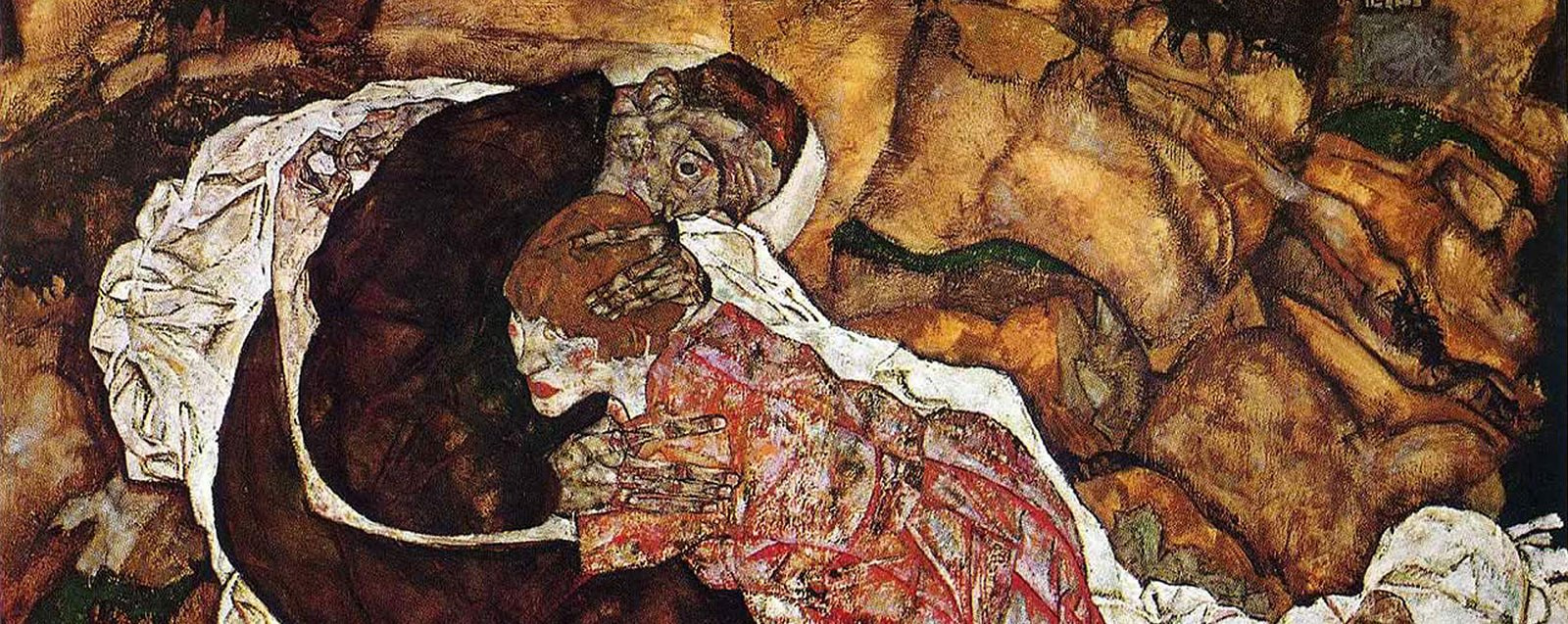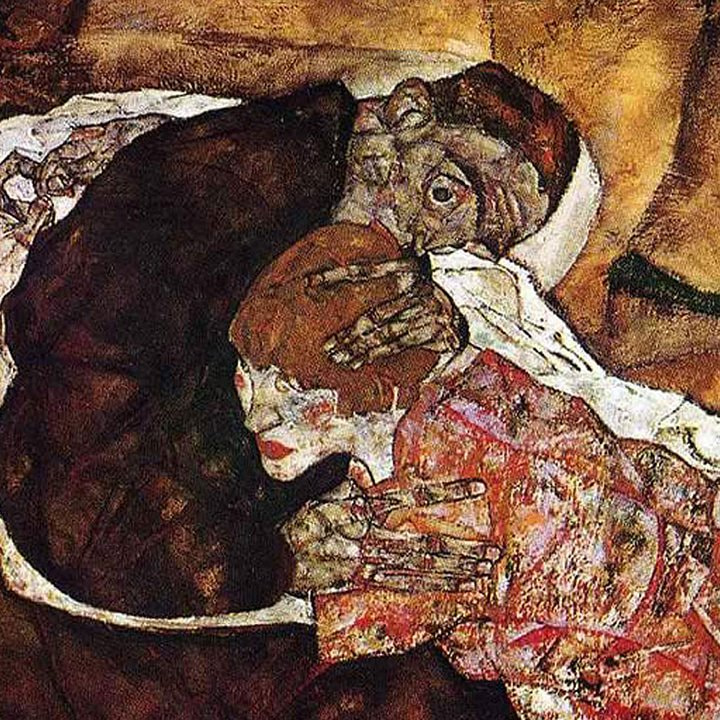At the core of the lecture is Franz Schubert’s Quartet and its multiple interconnections with other artworks and philosophical texts.
In classical antiquity, the archaic plot of a young woman being kidnapped by a chthonic monster acquired the form of antagonism between life and death, Eros and Thanatos. A similar “death and the maiden” motif appears in fifteenth century fine arts and becomes especially popular in Germany. The musical version of this theme, Franz Schubert’s String Quartet #14, which is extremely emotional and tragic, aroused many allusions in the art of later periods. The music score to Roman Polanski’s film of the same name, Death and the Maiden, is the symbol of unfreedom, pain and violence haunting the heroine and recalling her hurtful memories. Life is not merely an opposite to death—it implies permanent moral choice and the requirement to take a human being as goal rather than means, an idea originating from Immanuel Kant’s conception of the categorical imperative.
“…the moral law reveals to me a life independent of animality and even of the whole sensible world, at least so far as may be inferred from the destination assigned to my existence by this law, a destination not restricted to conditions and limits of this life, but reaching into the infinite.”
(Immanuel Kant, Critique of Pure Reason, 1788. Translated by Thomas Kingsmill Abbott)

